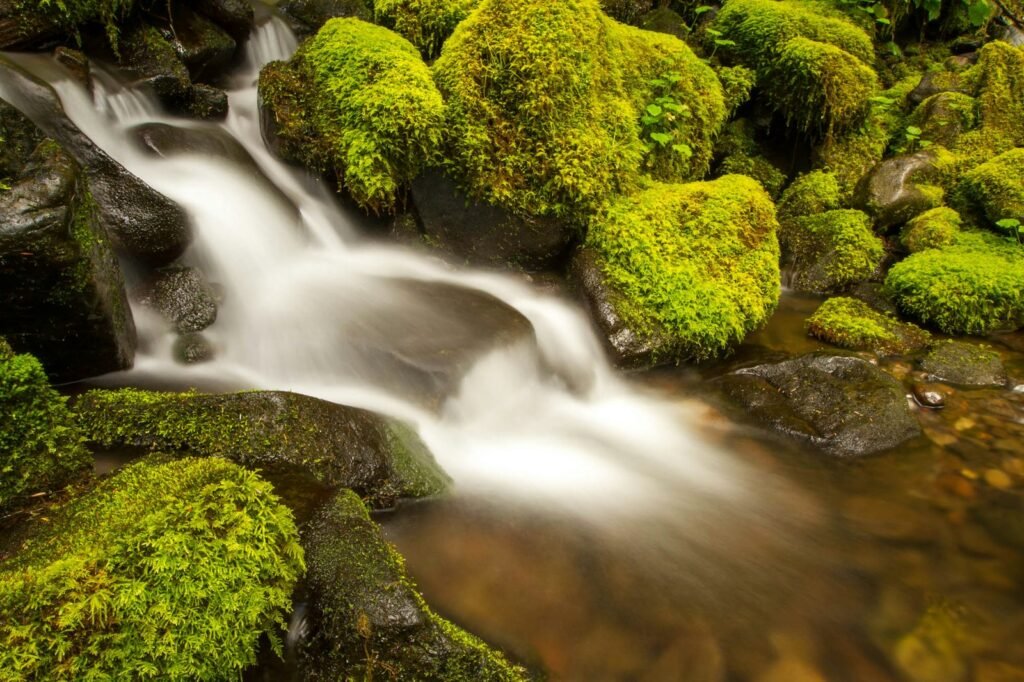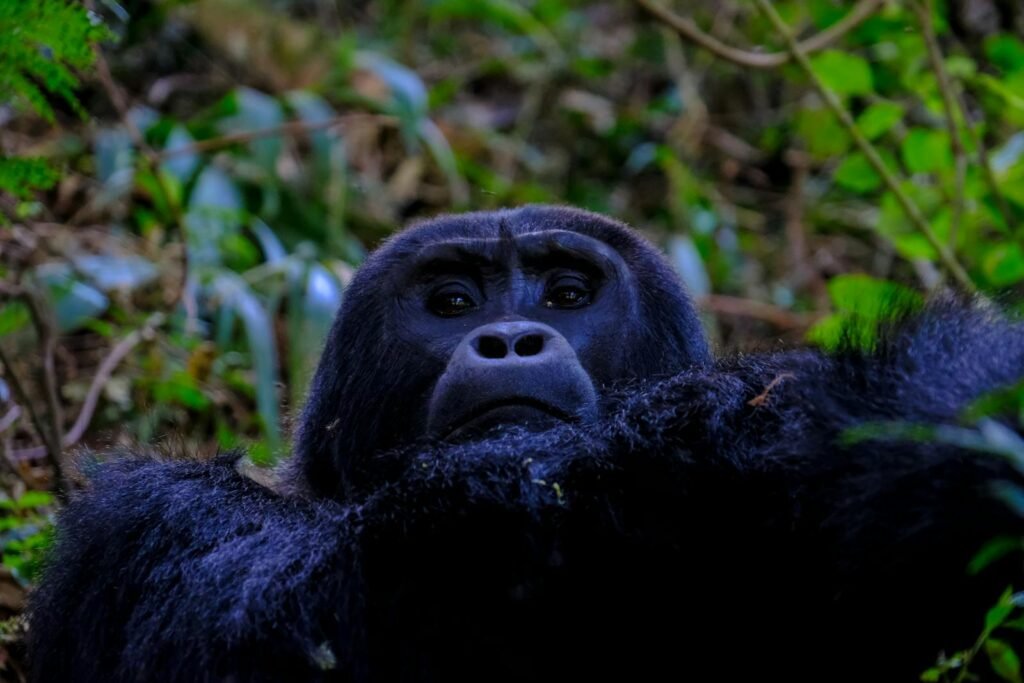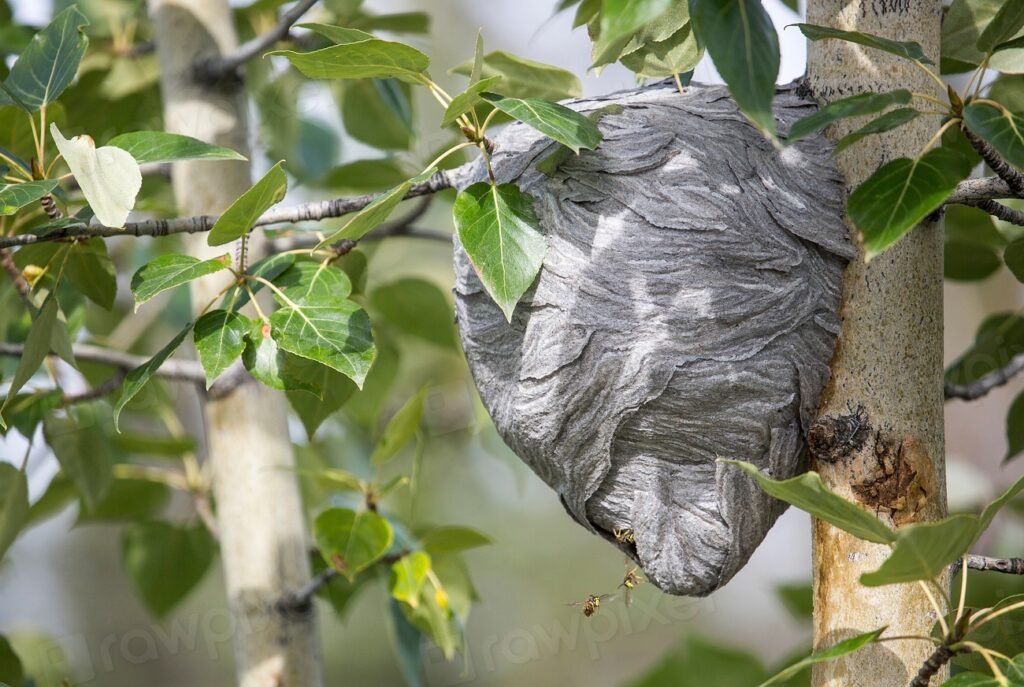In the vast, silent stretches of the Arctic tundra, a tiny green survivor is fighting a race against time. Imagine a world where the ground feels soft and spongy beneath your boots, blanketed by a living tapestry: Arctic moss. This humble plant has endured for thousands of years, outlasting ice ages, storms, and the relentless midnight sun. Now, as our planet heats up at an unprecedented rate, this ancient moss is changing, evolving, and adapting—yet, there’s a growing fear that the pace of climate change might be too fast, even for such a resilient species. The story of Arctic moss isn’t just about a plant; it’s about endurance, hope, and the limits of survival in a rapidly transforming world.
A Survivor of Ice and Fire
Arctic moss isn’t just any plant—it’s a living relic from a time when mammoths roamed the Earth. For millennia, it has thrived in some of the coldest, harshest environments on the planet. While most plants wither under extreme cold, Arctic moss simply hunkers down, slowing its growth and waiting for the brief summer sun. The resilience of this moss comes from its ability to store nutrients, conserve water, and survive months buried under snow and ice. In a way, it’s like a time traveler, carrying the wisdom of ancient ages in its tiny leaves.
The Science Behind Its Rapid Evolution
Scientists have been amazed to find that Arctic moss is not just tough—it’s quick on its feet when it comes to evolution. Unlike many larger plants, mosses reproduce both sexually and asexually, allowing them to shuffle their genetic deck more often. Recent genetic studies show that Arctic moss populations are developing new traits at a remarkable pace, like altered leaf structures or faster growth rates. These changes help them cope with shifting temperatures, new pests, and changing moisture levels. It’s as if the moss is rewriting its own instruction manual to stay alive.
Climate Change: The Relentless Opponent
But while Arctic moss is evolving, climate change is moving even faster. Temperatures in the Arctic are rising at double the global average, turning what was once a frigid refuge into an unpredictable battleground. Permafrost—the frozen soil that moss relies on—is thawing, leading to waterlogged ground and new patterns of erosion. Extreme weather events, like sudden thaws or intense storms, can wipe out entire patches of moss in days. It’s a relentless race, and the finish line keeps moving.
How Moss Shapes the Arctic Ecosystem
You might not realize it, but Arctic moss is a keystone player in its environment. It acts like a green, living sponge, holding moisture in the soil and keeping temperatures stable. Moss beds provide shelter for insects and nesting sites for birds. They even play a part in slowing down the release of greenhouse gases by locking carbon underground. When moss thrives, the entire food web—from tiny insects to majestic caribou—benefits.
The Secrets Locked in Ancient Moss
Some Arctic mosses can live for centuries, their oldest layers hidden deep in the frozen ground. Scientists call this a “living archive” because by studying the layers, they can read a record of past climates, volcanic eruptions, and even ancient wildfires. It’s like leafing through the pages of Earth’s diary. The chemical makeup of the moss changes depending on the air and soil conditions, offering clues about how the Arctic has changed over thousands of years.
The Moss’s Marvelous Adaptations
Arctic moss has tricks up its sleeve that would make any survivalist jealous. Its leaves are tiny and packed tightly, minimizing water loss. The plant can photosynthesize even under low light, making the most of the brief Arctic summer. And when things get really tough, it can go dormant, almost completely shutting down until conditions improve. Think of it as hitting the pause button on life—only to bounce back when the sun returns.
Signs of Stress and Struggle
Despite its resilience, there are clear signs that Arctic moss is under stress. In some places, the moss is becoming patchier and thinner. Scientists have observed more frequent die-offs after unusually warm winters or sudden thaws. Changes in color—like browning or yellowing—signal that the moss is struggling to cope with new challenges. It’s a warning flare that even tough survivors have limits.
New Competitors on the Horizon
As the Arctic warms, new plant species are moving northward. Grasses, shrubs, and even small trees are starting to invade areas once dominated by moss. These newcomers can outcompete moss for sunlight and nutrients, changing the face of the tundra. It’s like a slow-motion invasion, with moss forced to fight for its space in a neighborhood it once ruled alone.
Moss and the Microbial World
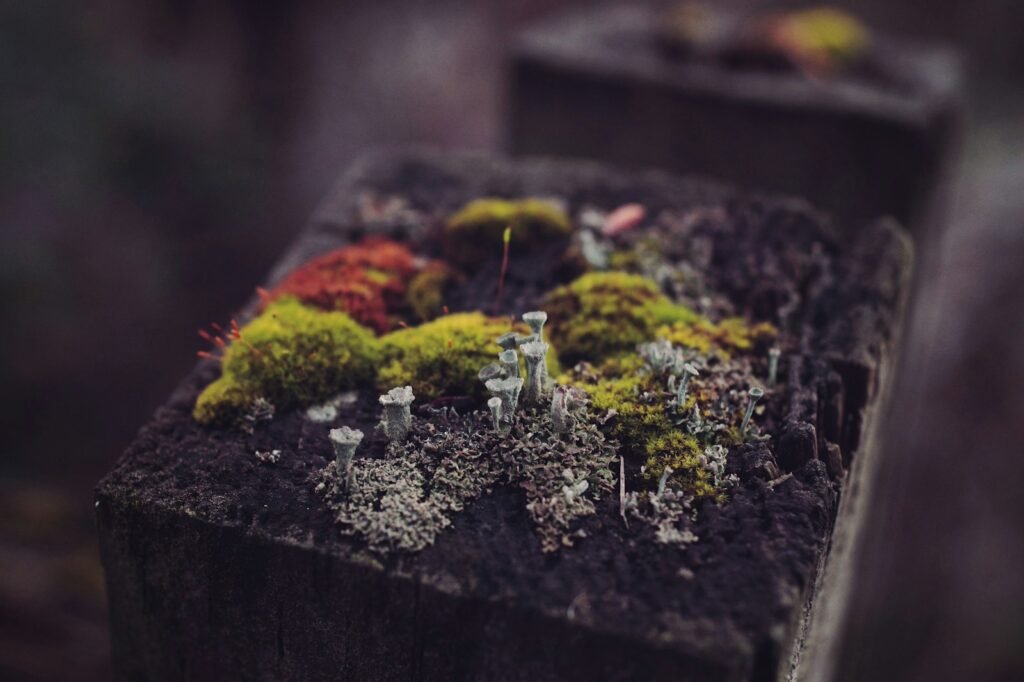
Beneath the moss’s soft surface lies a bustling world of microbes. These tiny organisms help break down dead plant material, recycle nutrients, and even influence how much carbon is stored in the soil. Climate change is shaking up this hidden ecosystem, with warmer temperatures speeding up decomposition and potentially releasing more greenhouse gases. The fate of Arctic moss is tightly linked to these unseen allies.
Learning from the Moss’s Genetic Toolbox
Researchers are delving into the moss’s DNA, searching for the genes that make it so adaptable. By understanding which genetic switches help moss survive cold, drought, or flooding, we may learn how to help other plants cope with climate change. It’s a bit like borrowing recipes from a master chef when you’re trying to cook in a new kitchen.
Local Wisdom: Indigenous Knowledge and Moss
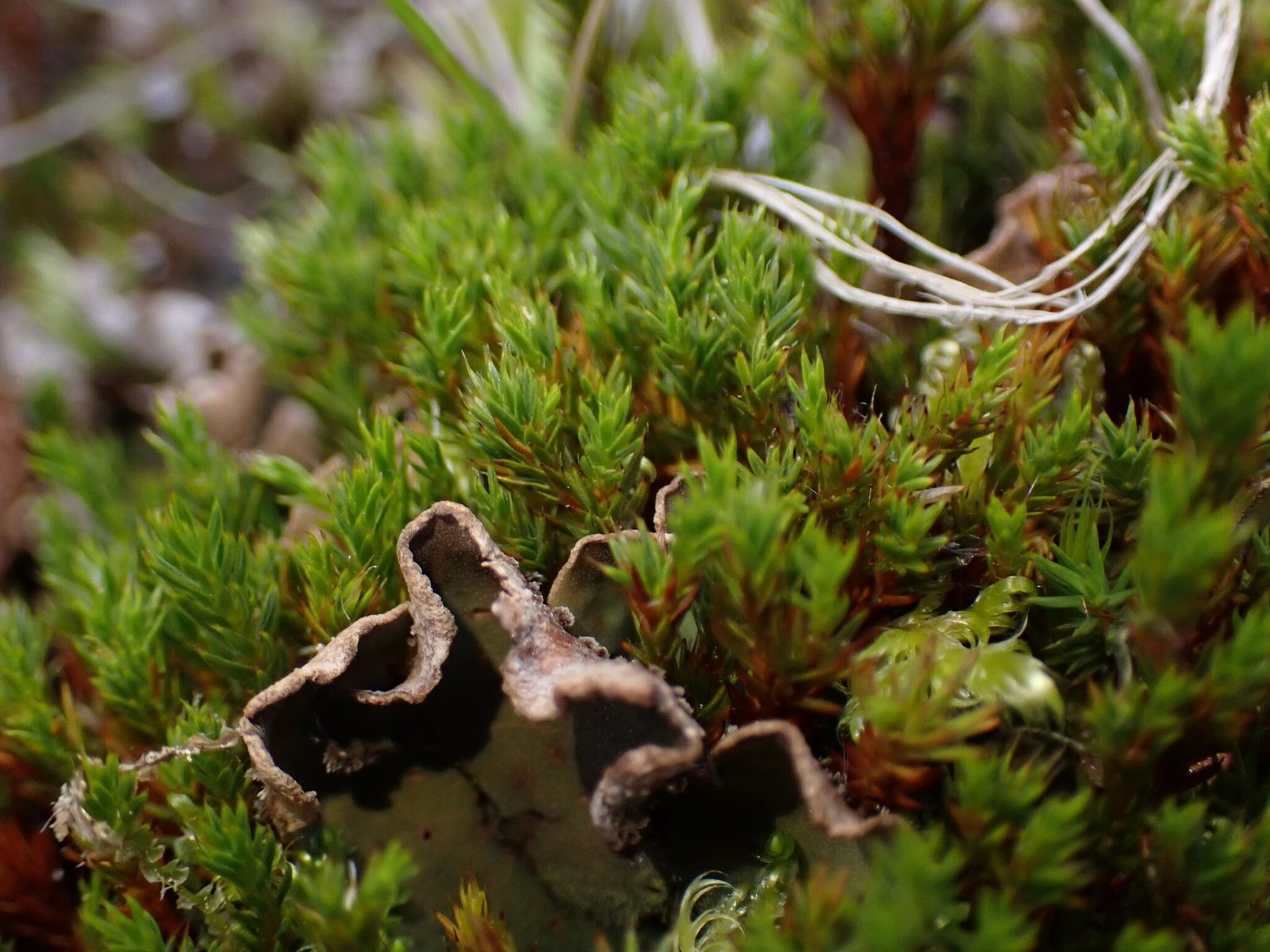
For Indigenous peoples of the Arctic, moss is more than just a plant—it’s part of culture and survival. Elders have long used moss for insulation, wound dressing, and as a soft bedding. Their deep knowledge of the land offers insights that science alone might miss. By blending traditional wisdom with modern research, we gain a richer understanding of how moss fits into the Arctic tapestry.
Global Implications for Climate Regulation
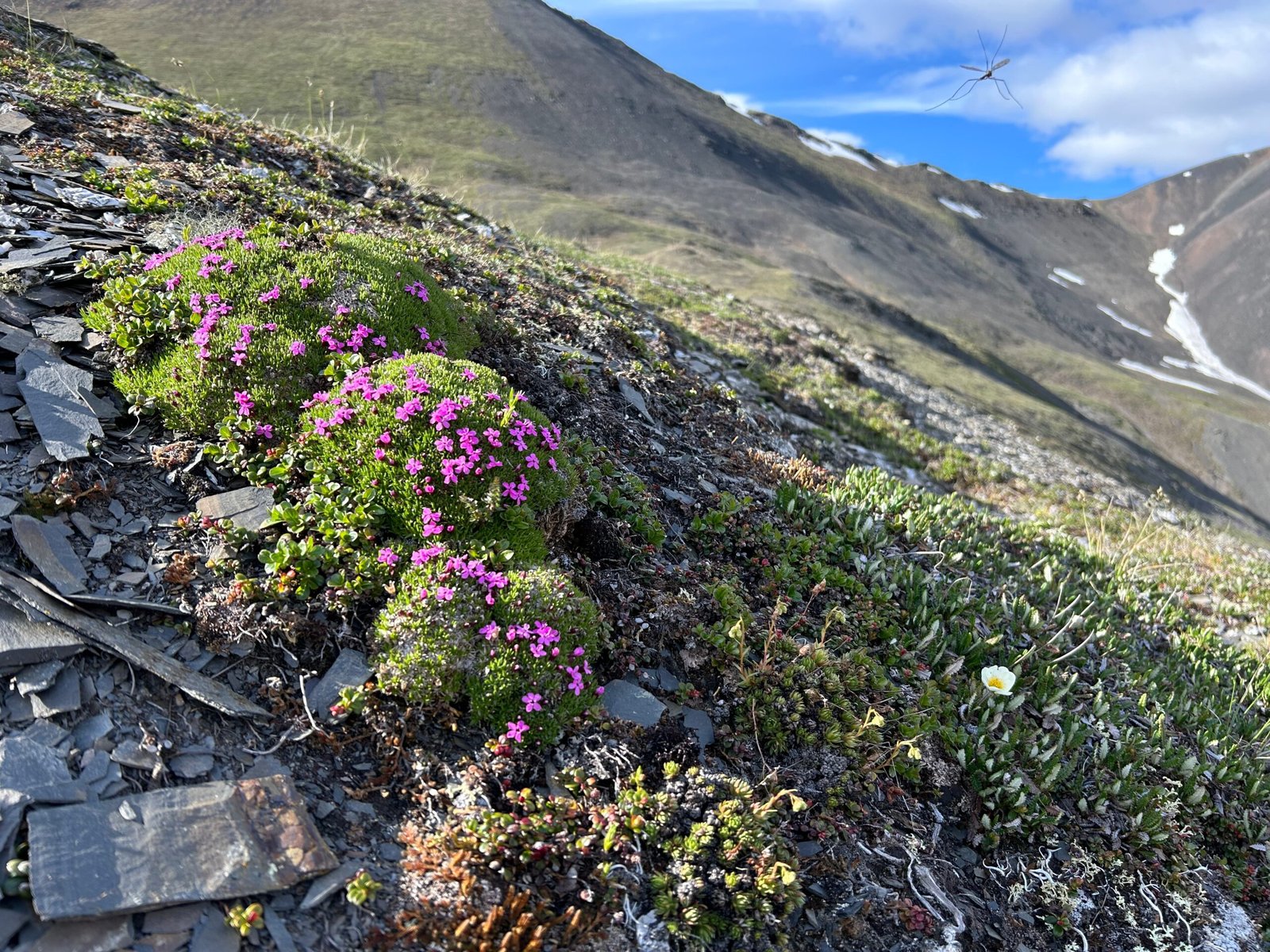
Arctic moss doesn’t just matter for the far north—it plays a role in the global climate. By storing carbon and helping to keep permafrost intact, moss acts as a natural climate regulator. If moss diminishes and permafrost melts, vast amounts of greenhouse gases could be released, accelerating global warming. The fate of this humble plant could impact weather patterns and temperatures around the world.
Restoration Efforts and Hope
In some areas, scientists and conservationists are working to restore moss beds that have been damaged by human activity or climate change. They’re experimenting with new techniques, like transplanting moss fragments or adjusting water flow, to help these plants recover. While it’s a challenging task, even small successes offer hope that we can lend a hand to nature’s own survivors.
Unexpected Allies: Animals and Moss
Animals like lemmings, caribou, and birds rely on moss for food, shelter, and nesting material. In turn, these animals help spread moss spores and create small disturbances that encourage moss growth. It’s a delicate dance of give-and-take, and disruptions to one partner can ripple through the entire ecosystem. The story of moss is inseparable from the creatures that depend on it.
The Impact of Human Activity
Oil exploration, mining, and increased tourism are putting additional strain on Arctic moss. Heavy vehicles can crush moss beds, while pollution can alter soil chemistry and stunt growth. As the Arctic becomes more accessible, the risk of damage grows. It’s a stark reminder that human footprints, even unintentional ones, can leave lasting scars on fragile landscapes.
Moss as a Living Bioindicator
Because moss is so sensitive to changes in temperature, moisture, and pollution, scientists use it as a bioindicator—a living signal of ecosystem health. Sudden changes in moss growth or color can alert researchers to problems long before they become visible in other parts of the environment. In many ways, moss acts as the Arctic’s early warning system.
The Race Against Time
The heart of the matter is a race: can moss adapt quickly enough to survive the rapidly changing Arctic? Some scientists are optimistic, pointing to the moss’s remarkable capacity for change. Others worry that the pace of warming, new competitors, and habitat loss may prove too great. The outcome will depend on countless factors, from global decisions about carbon emissions to local acts of stewardship.
Inspiring Lessons from a Tiny Survivor
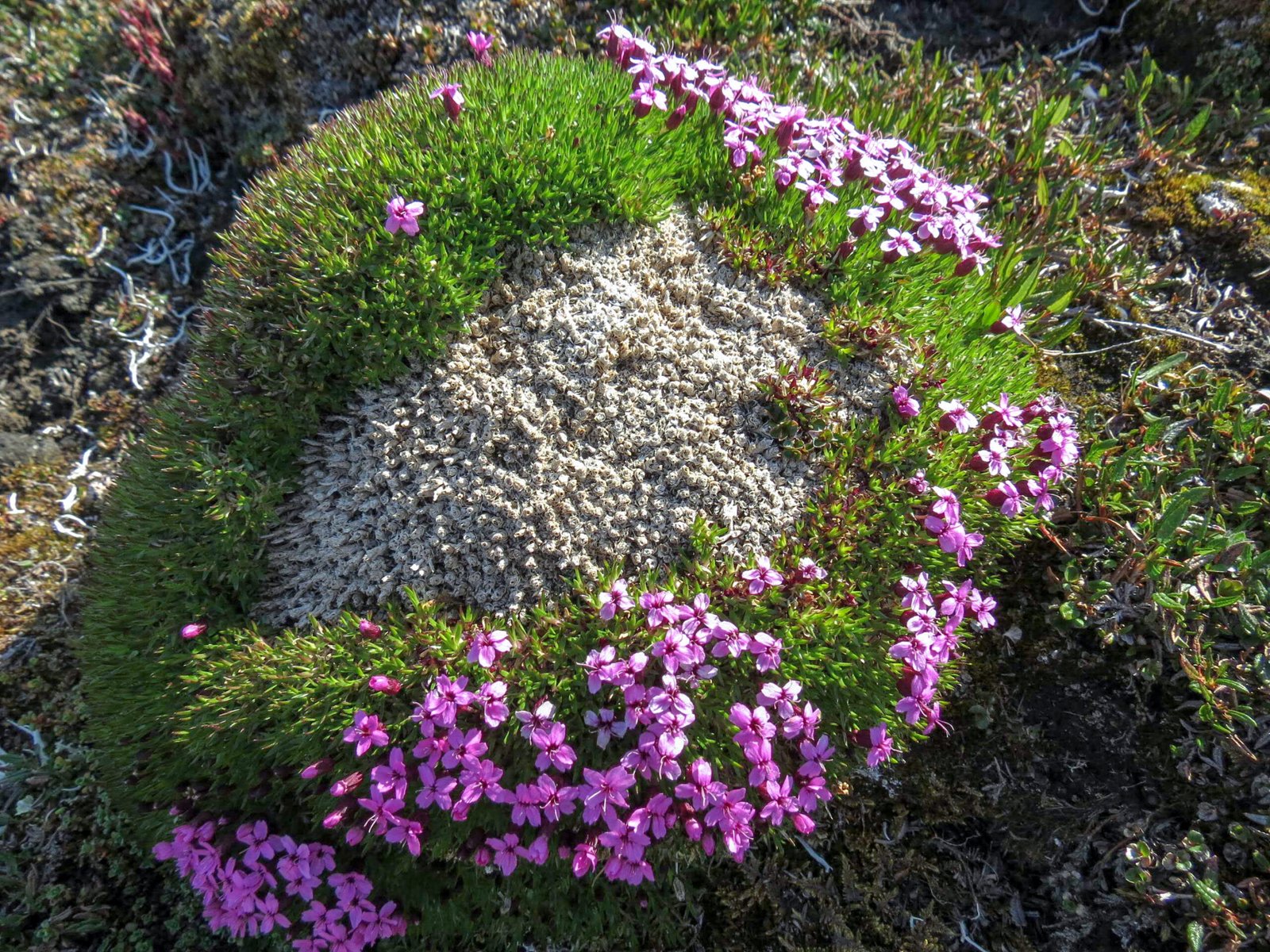
There’s something profoundly inspiring about Arctic moss’s story. Despite its small size, it demonstrates resilience, adaptability, and the power of persistence. Its struggle is a reminder that every living thing, no matter how humble, has a part to play in our planet’s future. As we face our own challenges, perhaps we can learn from this ancient survivor’s quiet courage.
What the Future Holds
As temperatures continue to rise, the future of Arctic moss hangs in the balance. Ongoing research will reveal whether its rapid evolution is enough to keep pace with the changes ahead. The choices we make today will shape the world the moss—and we—inherit tomorrow. Will this ancient plant continue to write its story, or will climate change turn the page for good?

